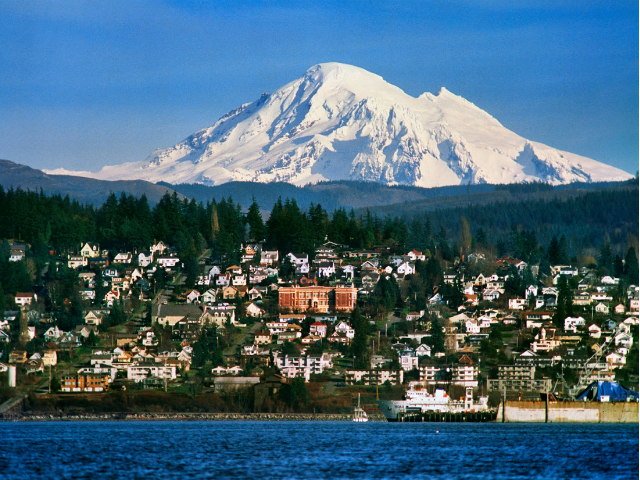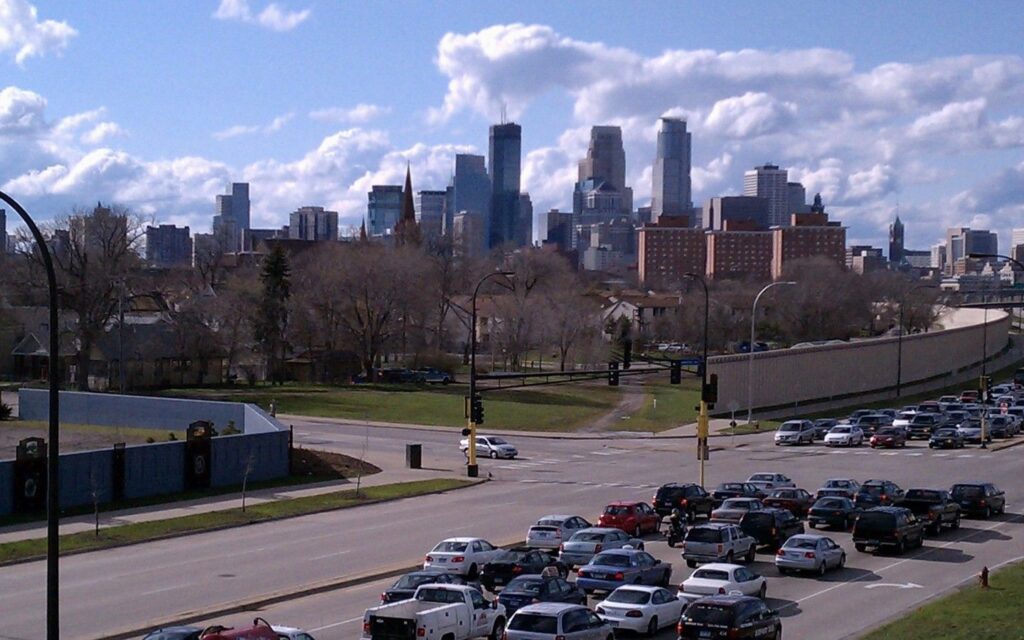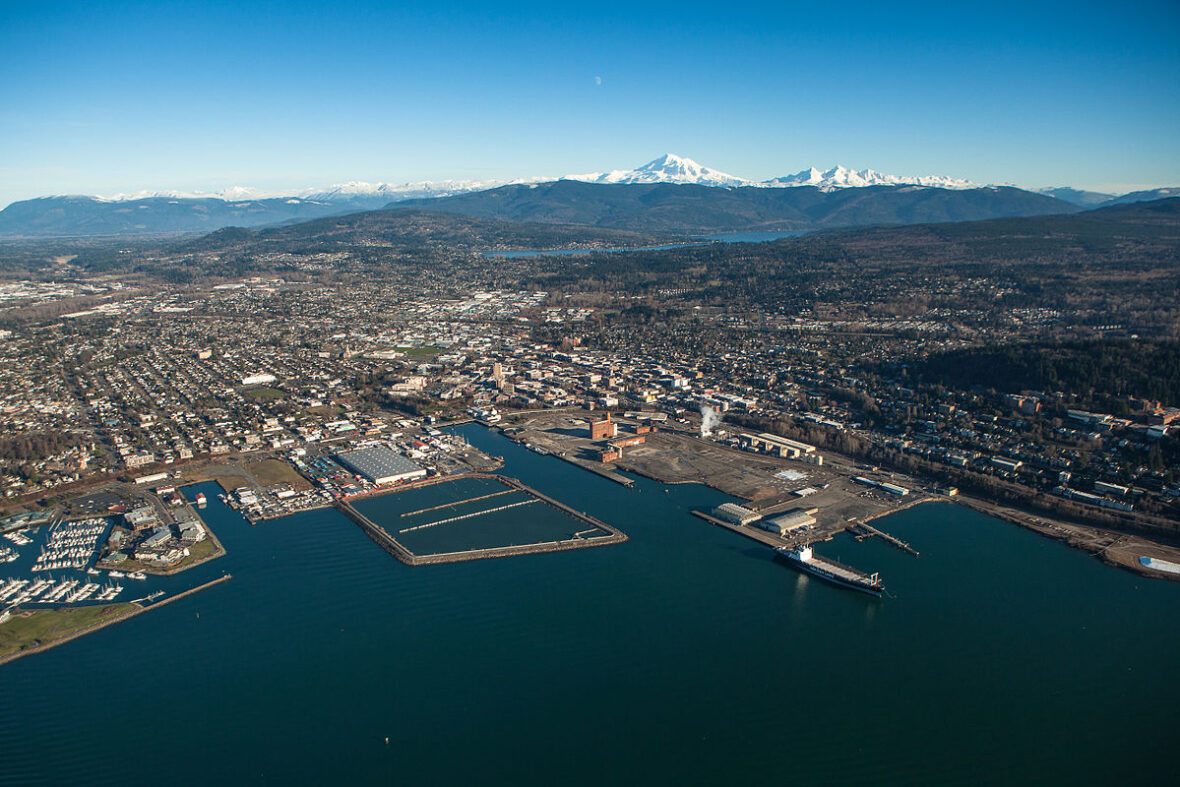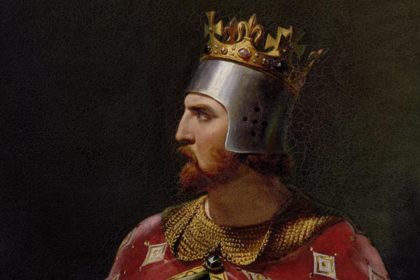Bellingham is the most populous city in, and county seat of Whatcom County in the U.S. state of Washington. It lies 21 miles (34 km) south of the U.S.–Canada border in between two major cities of the Pacific Northwest: Vancouver, British Columbia (located 52 miles (84 km) to the northwest) and Seattle (90 miles (140 km) to the south). Take a look below for 30 awesome and fun facts about Bellingham, Washington, United States.
1. The city had a population of 80,885 as of the 2010 census and is estimated to have grown to 92,314 as of 2019.
2. The city of Bellingham was incorporated in 1903 through the consolidation of Bellingham, Whatcom, Fairhaven, and Sehome into the city of Bellingham.
3. Located on Bellingham Bay, which had been named by George Vancouver in 1792, for Sir William Bellingham, the Controller of Storekeeper Accounts of the Royal Navy during the Vancouver Expedition.
4. Today, Bellingham is the northernmost city with a population of more than 50,000 people in the contiguous United States.
5. It is a popular tourist destination known for its easy access to outdoor recreation in the San Juan Islands and North Cascades.
6. Bellingham is undergoing redevelopment on more than 100 acres (40 ha) of former industrial land in its Waterfront District, with a hotel, conference center, condos, retirement living, retail and commercial development planned for the site.
7. Bellingham is the homeland of Coast Salish peoples of the Lummi (or Lhaq’temish) People and neighboring tribes. People of Lummi ancestry continue to live in and around Bellingham Bay, particularly on the nearby Lummi Nation reservation.
8. The first European immigrants reached the area about 1852 when Henry Roeder and Russel Peabody set up a lumber mill at Whatcom, now the northern part of Bellingham. Lumber cutting and milling continues to the present in Whatcom county. At about the same time, Dan Harris arrived, claiming a homestead along Padden Creek, and after acquiring surrounding properties, platted the town of Fairhaven in 1883.
9. In 1858, the Fraser Canyon Gold Rush caused a short lived population growth that established the community. Coal was mined in the Bellingham Bay area from the mid-19th to the mid-20th centuries starting when Henry Roeder’s agents discovered coal south of Whatcom Creek, in an area called Sehome, now downtown Bellingham, in 1854.
10. They sold the coal baring land to San Francisco investors who established the Bellingham Bay Coal Company, eventually a subsidiary of the Black Diamond Coal Mining Company.
11. After a hundred years of extensive mining beneath present-day Bellingham, the last mine closed in 1955.
12. In the early 1890s, three railroad lines arrived, connecting the bay cities to a nationwide market of builders. In 1889, Pierre Cornwall and an association of investors formed the Bellingham Bay Improvement Company (BBIC).

13. The BBIC invested in several diverse enterprises such as shipping, coal, mining, railroad construction, real estate sales and utilities.
14. Even though their dreams of turning the cities by the bay into a Pacific Northwest metropolis never came to fruition, the BBIC made an immense contribution to the economic development of Bellingham.
15. BBIC was not the only outside firm with an interest in the bay area utilities. The General Electric Company of New York purchased the Fairhaven Line and New Whatcom street rail line in 1897.
16. In 1898, the utility merged into the Northern Railway and Improvement Company which prompted the Electric Corporation of Boston to purchase a large block of shares.
17. In 1890, Fairhaven developers bought the tiny community of Bellingham. Whatcom and Sehome merged in 1891 to form New Whatcom (1903 act of the State legislature dropped “New” from the name.) At first, attempts to combine Fairhaven and Whatcom failed, and there was controversy over the name of the proposed new city. Whatcom citizens would not support a city named Fairhaven, and Fairhaven residents would not support a city named Whatcom.
18. They eventually settled on the name Bellingham, which remains today. Voting a second time for a final merger of Fairhaven and Whatcom into a single city, the resolution passed with 2163 votes for and 596 against.
19. Bellingham was officially incorporated on December 28, 1903, as a result of the incremental consolidation of the four towns initially situated on the east of Bellingham Bay during the final decade of the 19th Century. Whatcom is today’s “Old Town” area and was founded with Roeder’s Mill in 1852.
20. Sehome was an area of downtown founded with the Sehome Coal Mine in 1854. Bellingham was further south near Boulevard Park, founded in 1883 and purchased in 1890 by Fairhaven.
21. Fairhaven was a large commercial district with its own harbor, founded in 1883, by Dan Harris, around his initial homestead on Padden Creek.
22. Bellingham was the site of the Bellingham riots against East Indian (Sikh) immigrant workers in 1907. A mob of 400–500 white men, predominantly members of the Asiatic Exclusion League, with intentions to exclude East Indian immigrants from the work force of the local lumber mills, attacked the homes of the South Asian Indians. The Indians were mostly Sikhs but were labelled as Hindus by much of the media of the day.
23. Bellingham’s proximity to the Strait of Juan de Fuca and to the Inside Passage to Alaska helped keep some cannery operations here. Pacific American Fisheries (P.A.F.), for example, shipped empty cans to Alaska, where they were packed with fish and shipped back.
24. As of 2000, the median income for a household in the city was $32,530, and the median income for a family was $47,196. Males had a median income of $35,288 versus $25,971 for females. The per capita income for the city was $19,483. About 9.4% of families and 20.6% of the population were below the poverty line, including 17.2% of those under age 18 and 9.0% of those aged 65 or over.

25. Craft beer is a major emerging industry in Bellingham. There are now 14 breweries within Bellingham city limits and three additional breweries in Whatcom County.
26. In 2018, these breweries combined won 46 medals at seven national and international brewery competitions.
27. Wednesday nights in the summer see Downtown Sounds, a family-friendly concert series featuring food booths and a beer garden with local breweries held on Bay Street.
28. The Bellingham Railway Museum has educational displays on the history of railroading in Whatcom County, as well as model trains and a freight-train simulator.
29. Several miles from Bellingham in the southern part of Whatcom County there are many places for outdoor recreation, including Larrabee State Park (popular for hiking), Lake Padden (popular for swimming, fishing and golfing), and Lake Samish.
30. Between Lake Whatcom and Lake Padden is North Lookout Mountain, known locally as Galbraith Mountain, with many mountain bike trails.




